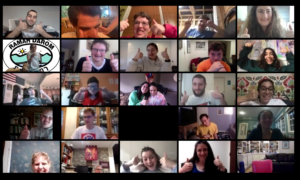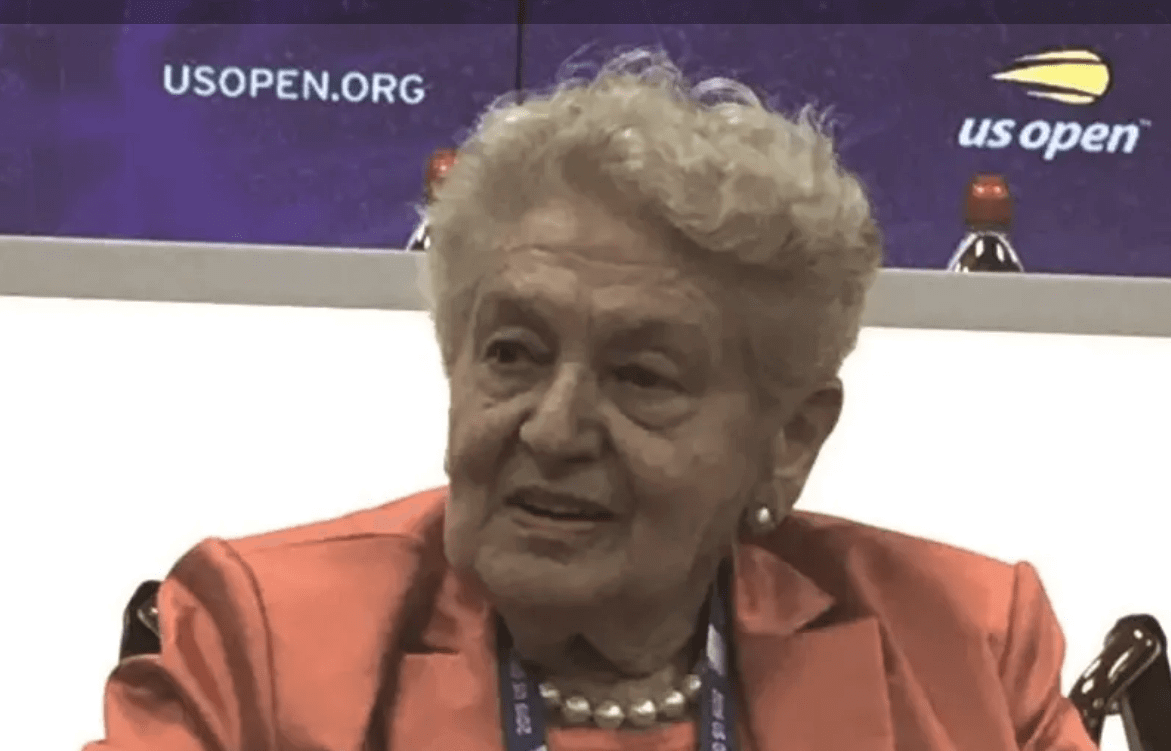On extremely rare occasions, a video stops me in my tracks. Admittedly, I have a greater chance of even looking at a YouTube video if it comes from a trusted Ramah colleague, and features a former Ramah Tikvah camper. This video is a tribute to the power of camp, families and firefighters across the world.
In 1984, I spent my first summer as a counselor in the Tikvah Program, the disabilities inclusion program at Camp Ramah in New England. Ramah has proudly been including people with disabilities in its camps since 1970. That means that Tikvah just turned 50. So did Aaron Hartman, a camper who I remember fondly from all of my years working with Tikvah. Aaron was likeable, friendly, and he enjoyed every aspect of camp. He also loved fire engines and fire fighters. This love continues until this day.
Loving brothers, Noah and Josh, family members, Camp Ramah friends, community members and so many others decided that the best gift to give a life-long lover of fire engines and fire fighters, would be a video about…fire engines and fire fighters.
This team didn’t mess around. As brother Josh wrote on Facebook: “This video is a collaboration of 100s of firefighters in the US and around the world wishing Aaron the happiest of 50th birthdays. Noah and I are very thankful to all the family, friends and strangers alike that helped us get videos from all 50 states and beyond. Your kindness is so greatly appreciated. Happy Birthday, Aaron. We hope you enjoy and wish we could be there celebrating with you in person.”
This 32-minute video is extraordinary! Not only will it teach you the 50 states in alphabetical order—and include a trip to Israel to such cities as Jerusalem, Bersheva, and Herziliya—it will show the amazing dedication of fire fighters and emergency personnel across the country and around the world.
I am lucky enough to continue to work with Tikvah—36 years after that first Tikvah summer. We continue to see the impact of Tikvah campers and the Tikvah Program on the camp community, and on the larger world. Members of the Israeli mishlachat (delegation) return to Israel more sensitive after a summer at a Ramah camp. I am sure Aaron was a great emissary for disabilities and inclusion during his Tikvah Ramah trip to Israel many years ago. Brother Noah reports, “Aaron is proud to share that he went to Israel with Ramah whenever it comes up!”
Campers and staff are more comfortable with people with disabilities—and this carries over later in life. And many make career decisions based on their experience working or just being with Tikvah campers. Amy Finkelstein, who helped with this project, first met Aaron at Camp Ramah in New England in the early 90s. She reports, “I'm a very minor figure in Aaron's life, but he had a major impact on me as a camper. I ended up working in the special needs program at Camp Barney Medintz in Georgia for many years after high school and into my 20's because of my exposure to Tikvah at Palmer. My connection to Aaron started at Palmer. My first job out of college was as a service coordinator for adults with disabilities in the Atlanta Jewish community….”
We are so pleased that Aaron and so many Tikvah campers and alum have been such amazing ambassadors over the years. Aaron is blessed to be part of a most loving family. And the local, national and international firefighting community clearly understood just how much a few minutes of their time would mean to Aaron.
Please enjoy the video and share widely! And if you’d like to learn even more about Aaron, listen to Aaron and his dad being interviewed in 2014 for NPR’s StoryCorps, shared on William Syndrome Association Facebook page











